
Osteopenia is a health condition distinguished by abnormally low bone mineral density. Osteopenia is a mild thinning of the bone mass, and not so severe of osteoporosis. However, the persons suffering from osteopenia may be at risk of developing osteoporosis, but this doesn’t happen in every case.
The World Health Organization defines osteopenia as a bone density between one standard deviation and 2.5 standard deviation below the bone density of a normal young adult. In persons older than 50 years, who don’t have osteoporosis, osteopenia is a condition with lover then average bone density.
Signs and symptoms of osteopenia
Osteopenia is a health condition with no obvious early symptoms. Osteopenia often goes undiagnosed until a fracture occurs. Because of the nature of this condition, it is important to pay special attention to all of the possible causes. People at increased risk of osteopenia should take a bone density test and detect the condition before a fracture occurs. This test may also predict the chances of future fractures and determine the current pace of bone loss. If diagnosed with osteopenia, patient will get a calcium supplement and lifestyle recommendations.
Treatment will usually involve exercise and quitting on bad health habits such as smoking and drinking.
Let us now examine what are the possible causes of osteopenia and which patients are at increased risk of developing this condition.
Causes of osteopenia
Finding out the right cause of one’s osteopenia is important because it may help to reverse the course of the condition, in some cases. There are numerous possible causes of osteopenia, varying from genetics and age, to lifestyle factors or underlying medical conditions.
Most commonly, osteopenia occurs in the process of aging. The loss of bone density starts in mid 30’s and lasts until the end of human lives. Both men and women lose approximately 1% of bone each year. The loss of bone density is even severe in post menopausal women that lose 4% to 5% of b one each year.
Bad eating habits and insufficient supply of minerals and vitamins are also associated with osteopenia. Moreover, restrictive diets are causing not only the loss of fat bat also the loss of muscle and bone tissue. For every 10 pounds, one loses 1% of bone.
Alcohol and caffeine may drain one’s calcium reserves or obstruct the process of supplying the body with calcium from food. The excessive use of sodium may also be associated with osteopenia.
Other known factors include medical conditions such as: eating disorders, asthma, vitamin deficiency, cancer, celiac disease, cerebral palsy, diabetes, hyperthyroidism, lactose intolerance, liver disease, multiple sclerosis etc.


-Test-And-What-Do-The-Results-Mean_f_280x120.jpg)

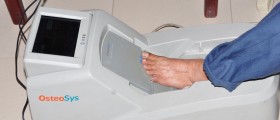
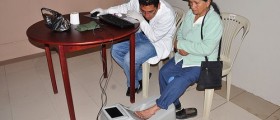
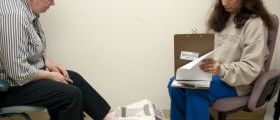
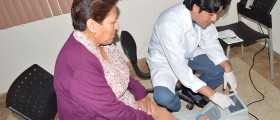
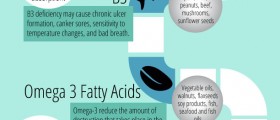

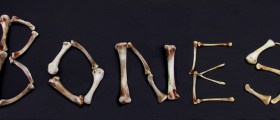






Your thoughts on this
Loading...